Patanjali Yoga encompasses much more than just physical postures and meditation; it offers a profound understanding of life, spirituality, and health. In this comprehensive exploration, we will delve into the life of Patanjali, the essence of yoga, and the intricate paths within this ancient practice.
Table of Contents
- Introduction to Yoga
- Patanjali’s Definition of Yoga
- Pranayama: The Power of Breath Control
- Kundalini Yoga: Myths and Realities
- Understanding Nadis and Chakras
- The Mystical Nature of Kundalini Yoga
- Conclusion: The Lifelong Journey of Yoga
- FAQs about Patanjali Yoga
Introduction to Yoga
Yoga is often perceived solely as a series of physical postures or asanas, yet it encompasses a broader spectrum. It is a holistic practice that integrates body, mind, and spirit. The roots of yoga trace back thousands of years, intertwining with various philosophies and traditions. Understanding yoga requires exploring its depth beyond mere fitness, revealing its potential for personal transformation and spiritual growth.
The practice of Patanjali Yoga, specifically, emphasizes self-discipline, ethical living, and meditation. It serves as a guide for individuals seeking balance and harmony in their lives. Its teachings encourage practitioners to delve into their consciousness, fostering a connection with their inner selves and the universe.
Who is Patanjali?
Patanjali is a revered sage in Indian philosophy, credited with compiling the Yoga Sutras, a foundational text of yoga philosophy. He is often depicted as a half-snake, half-human figure, symbolizing his divine wisdom and connection to spiritual knowledge. His contributions have shaped the understanding of yoga and its application in daily life.
In addition to the Yoga Sutras, Patanjali’s influence extends to other fields, including Ayurveda and linguistics. His works emphasize the importance of mental discipline and ethical behavior as prerequisites for spiritual advancement. Through his teachings, Patanjali provides a comprehensive framework for understanding the interconnectedness of physical health, mental clarity, and spiritual wisdom.
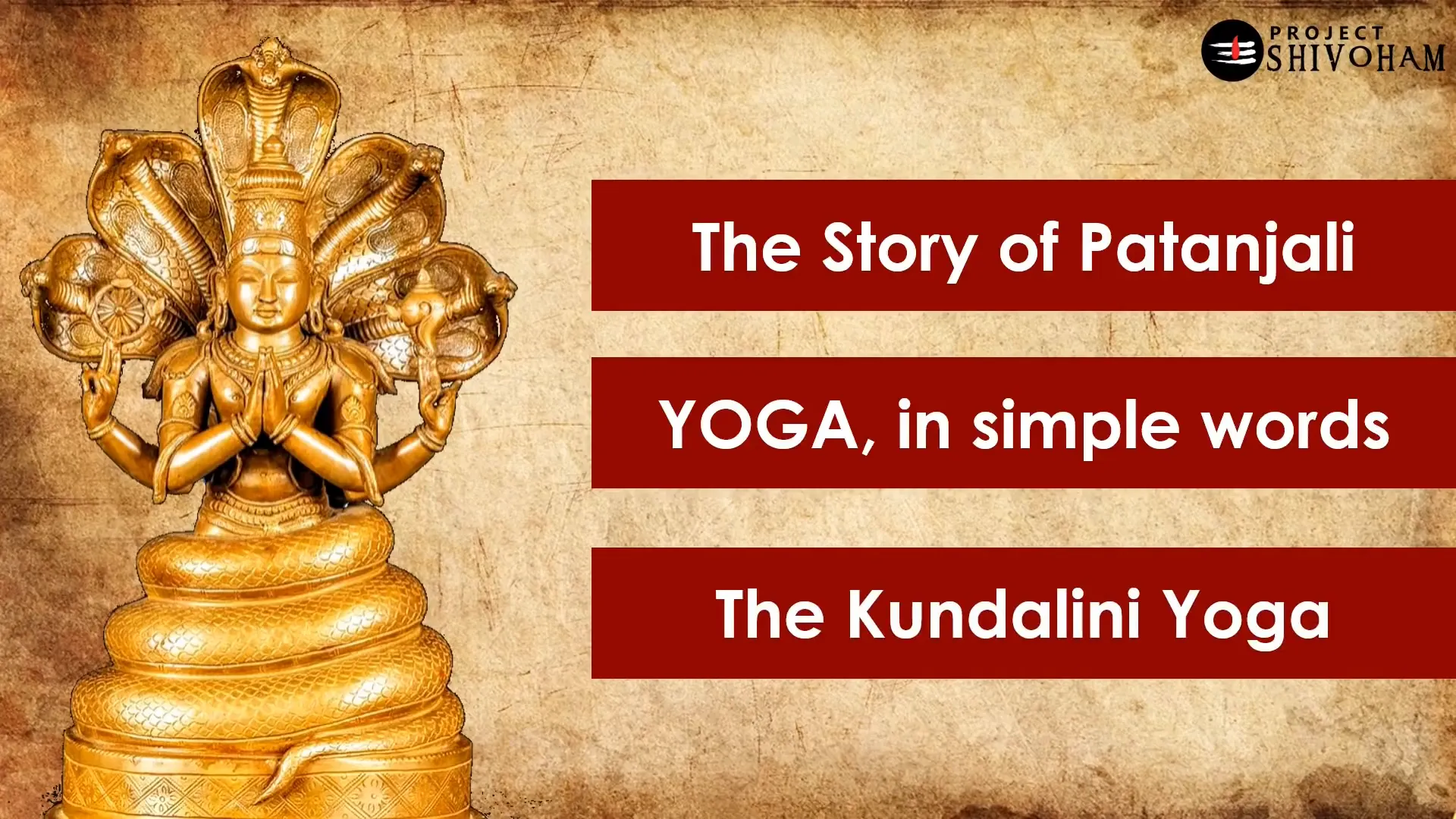
The Story of Patanjali
The story of Patanjali begins with a cosmic dance performed by Lord Shiva, known as the Ajapatandava. This dance symbolizes the rhythm of the universe and the divine connection between creation and destruction. Observing this dance, Bhagwan Shri Maha Vishnu entered a state of deep meditation, desiring to experience the ecstatic movements of Nataraja.
In this moment, Adi Seshya, the serpent god, expressed his wish to partake in this divine experience. Following the order of Vishnu, he journeyed to Chidambaram, the abode of Mahadev. Meanwhile, a woman named Gonika prayed for a child, and in a miraculous event, a baby snake fell into her hands, representing the incarnation of Adi Seshya as Patanjali.
Thus, Patanjali emerged from the divine realms, destined to impart wisdom through his writings. His life embodies the fusion of divine energy and earthly existence, making him a pivotal figure in the spiritual landscape of India.
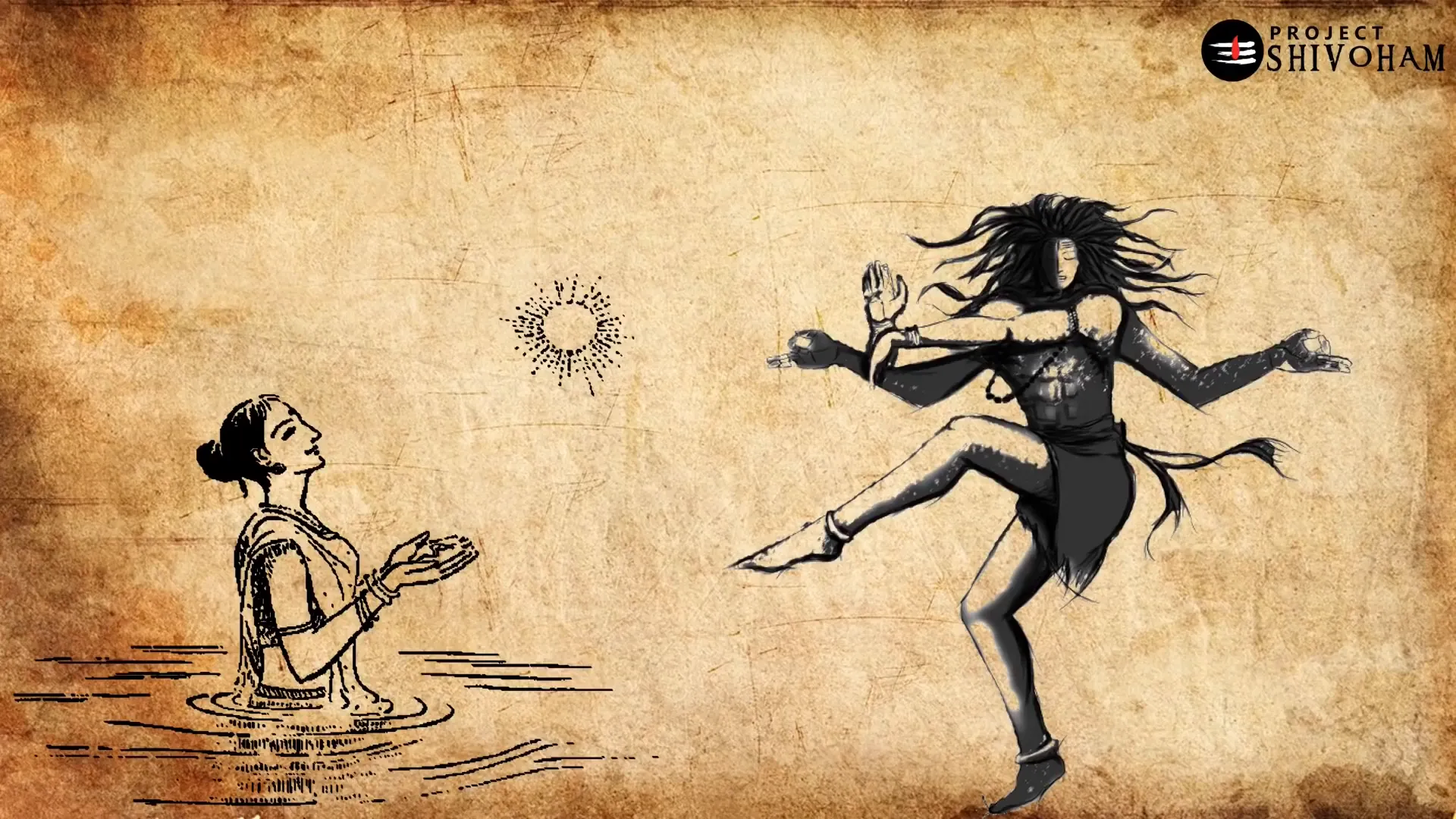
Patanjali’s Contributions to Health
Patanjali’s impact on health extends through his contributions to Ayurveda, the ancient Indian system of medicine. His text, Patanjali Tantra, serves as a foundational source for Ayurvedic practices, offering insights into various treatments and holistic approaches to health.
In addition to Ayurveda, Patanjali’s Yoga Sutras provide a framework for mental and spiritual health. These teachings emphasize the importance of inner peace, mindfulness, and ethical living. By integrating these principles, individuals can achieve a balanced lifestyle that nurtures both physical and mental well-being.
The intersection of Patanjali’s teachings in these areas highlights the interconnectedness of body, mind, and spirit, advocating for a comprehensive approach to health that transcends mere physical fitness.
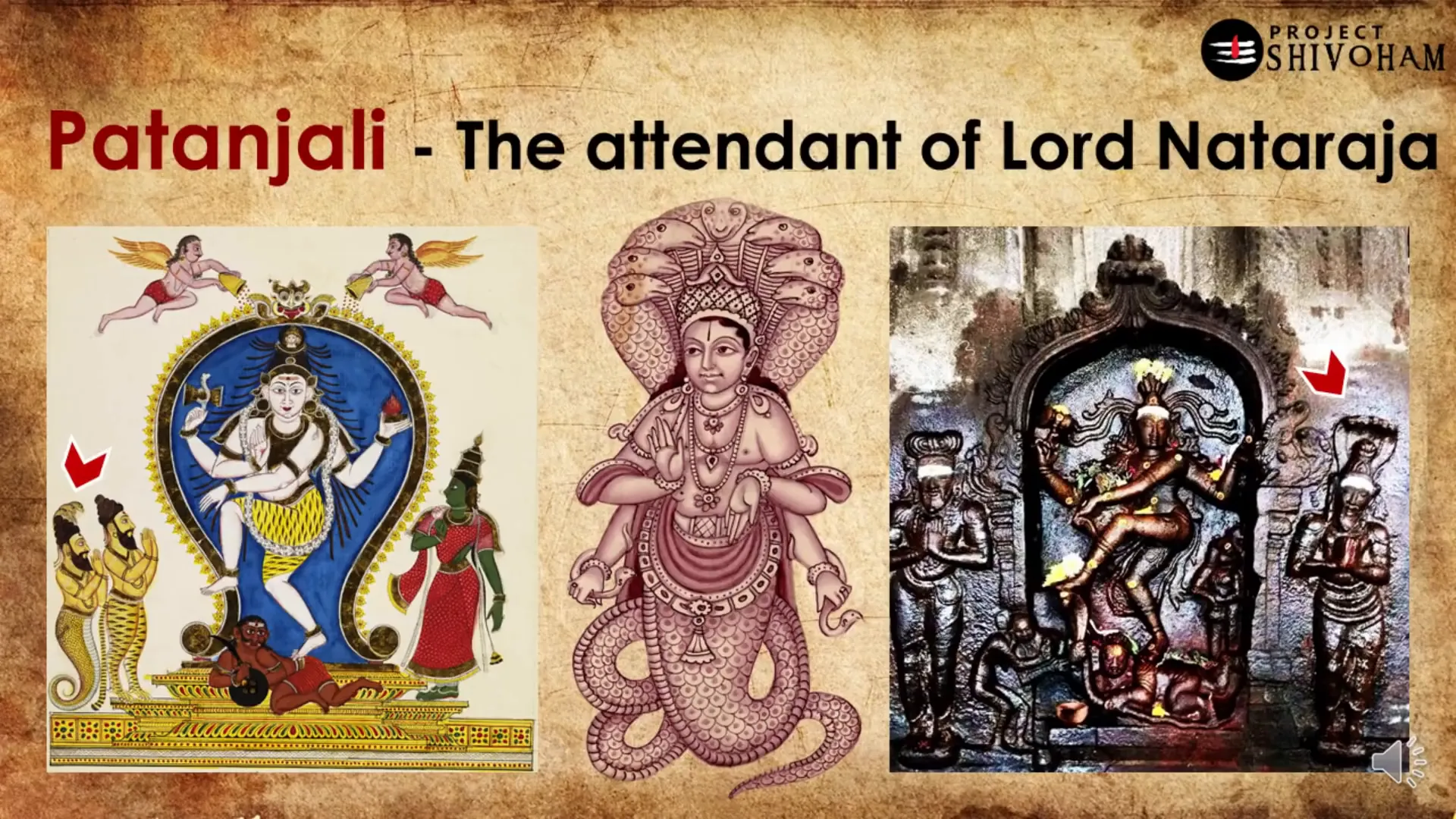
The Three Pillars of Patanjali’s Teachings
Patanjali’s teachings can be distilled into three core pillars: physical health, mental clarity, and ethical living. These pillars form the foundation of a well-rounded lifestyle, promoting overall well-being.
- Physical Health: Through Ayurveda, Patanjali emphasizes the importance of maintaining a healthy body. This includes dietary practices, herbal remedies, and lifestyle choices that promote longevity and vitality.
- Mental Clarity: The Yoga Sutras focus on the mind’s role in achieving clarity and peace. Techniques such as meditation and mindfulness are essential for cultivating a focused and tranquil mind.
- Ethical Living: Patanjali outlines ethical guidelines that support personal and social harmony. Principles such as truthfulness, non-violence, and self-discipline are crucial for spiritual development.
These pillars do not exist in isolation; they interconnect and reinforce one another, creating a holistic approach to life that fosters growth and fulfillment.
The Essence of Yoga
The essence of yoga transcends physical postures, delving into the realms of self-discovery and spiritual enlightenment. At its core, yoga is about uniting the individual consciousness with the universal consciousness. This union fosters a deeper understanding of oneself and the interconnectedness of all beings.
Patanjali’s Yoga Sutras articulate this journey, guiding practitioners toward self-realization. The practice encourages individuals to explore their thoughts, emotions, and behaviors, ultimately leading to a state of inner peace and fulfillment.
Moreover, yoga promotes resilience and adaptability in the face of life’s challenges. By cultivating mindfulness and self-awareness, practitioners can navigate their experiences with grace and clarity. This transformative journey not only enhances personal well-being but also contributes to the greater good of society.
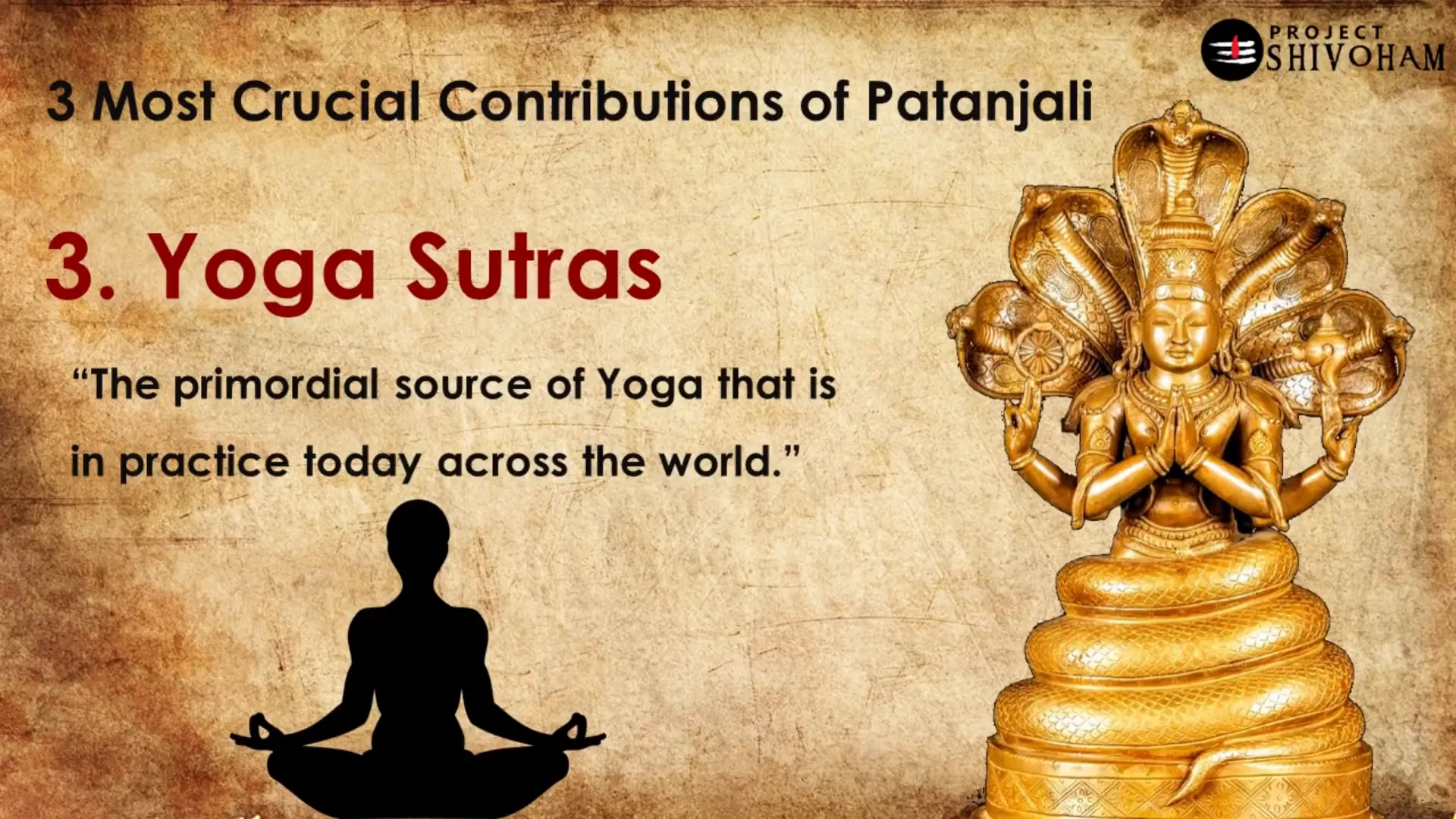
Patanjali’s Definition of Yoga
Patanjali defines yoga as “chitta vrutti nirodha,” which translates to the process of restraining fluctuations of the chitta, or mind. This definition may sound simple, yet it encapsulates a profound complexity. In essence, yoga is about achieving a stable state of mind where distractions and disturbances cease to exist.
The concept of chitta extends beyond the conventional understanding of mind; it’s a deeper state of consciousness. By practicing yoga, individuals aim to elevate their state of mind from lower levels of consciousness to this higher state, ultimately achieving tranquility and clarity.
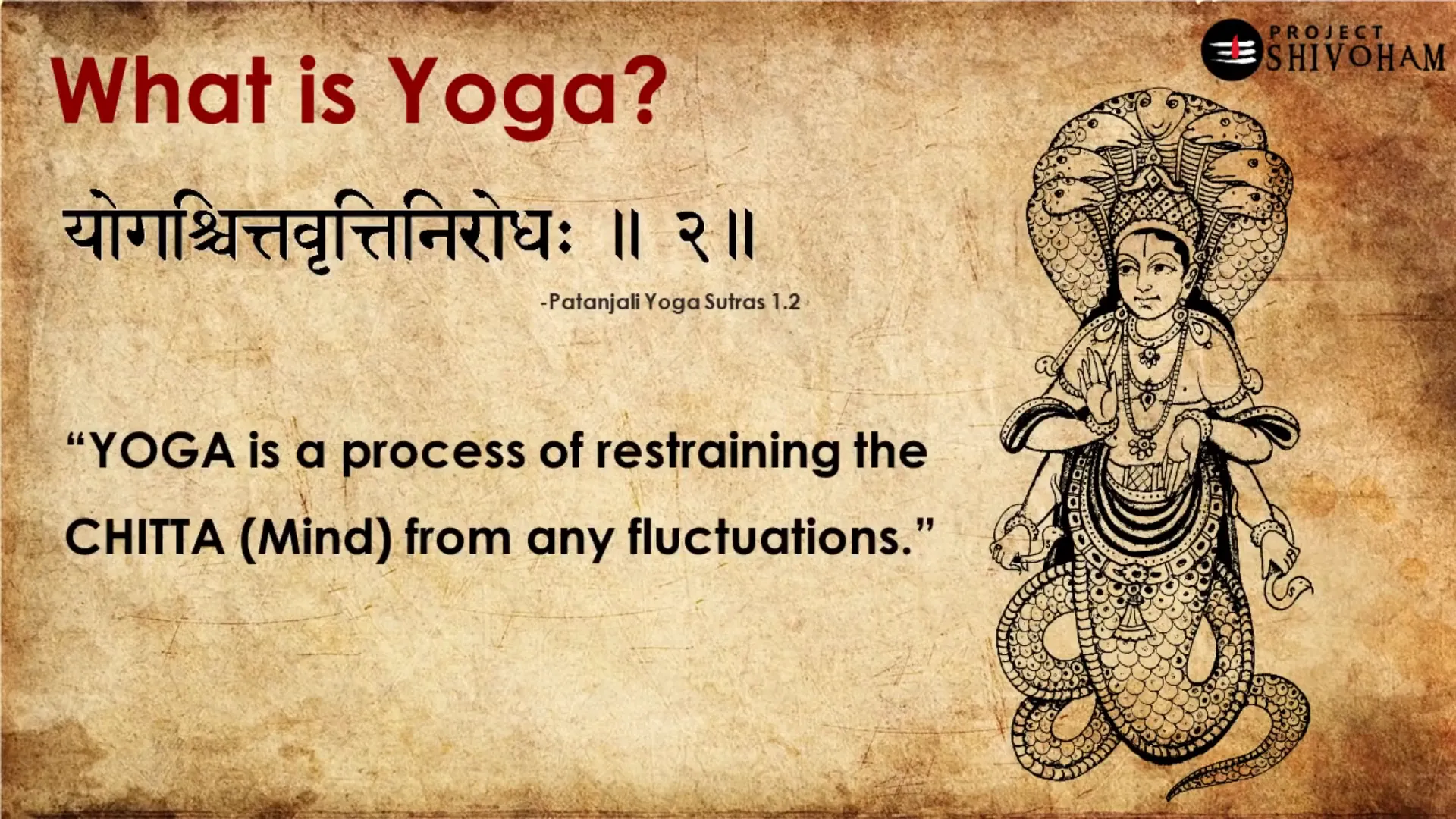
Understanding the Human Mind
The human brain is a complex organ, classified scientifically into various parts, including the cerebrum and cerebellum. Each lobe of the brain has distinct functions, such as personality traits, sensory interpretation, and memory processing. However, yoga offers a different perspective by categorizing the mind into four levels of consciousness.
These levels—Manas, Ahankaram, Buddhi, and Chitta—represent different states of mind. Understanding these states is crucial for grasping how yoga influences mental processes and behavior.

Four Levels of Consciousness
- Manas: This is the state where sensory experiences of pleasure and pain dominate decision-making. Choices are heavily influenced by immediate gratification.
- Ahankaram: In this egocentric state, decisions are made from a self-centered perspective, focusing on “I, me, myself.”
- Buddhi: This level involves rational thinking and the ability to discern between right and wrong, leading to more thoughtful decision-making.
- Chitta: The highest level of consciousness, where distinctions between pleasure and pain dissolve. Here, the mind achieves a steady, unshakeable state.
Progressing through these levels is integral to the practice of Patanjali Yoga, as it encourages practitioners to transcend the lower states and reach the ultimate state of chitta.

The Journey from Pashu to Pashupati
The journey in yoga is metaphorically described as moving from Pashu to Pashupati. Pashu represents anyone in the state of Manas, caught in sensory experiences and immediate reactions. In contrast, Pashupati symbolizes the state of Chitta, where one realizes their divine nature and interconnectedness with the universe.
This transformation is not merely philosophical; it reflects a profound shift in consciousness. As practitioners evolve, they begin to embody qualities of the Pashupati, recognizing their inherent divinity and the oneness with all beings.
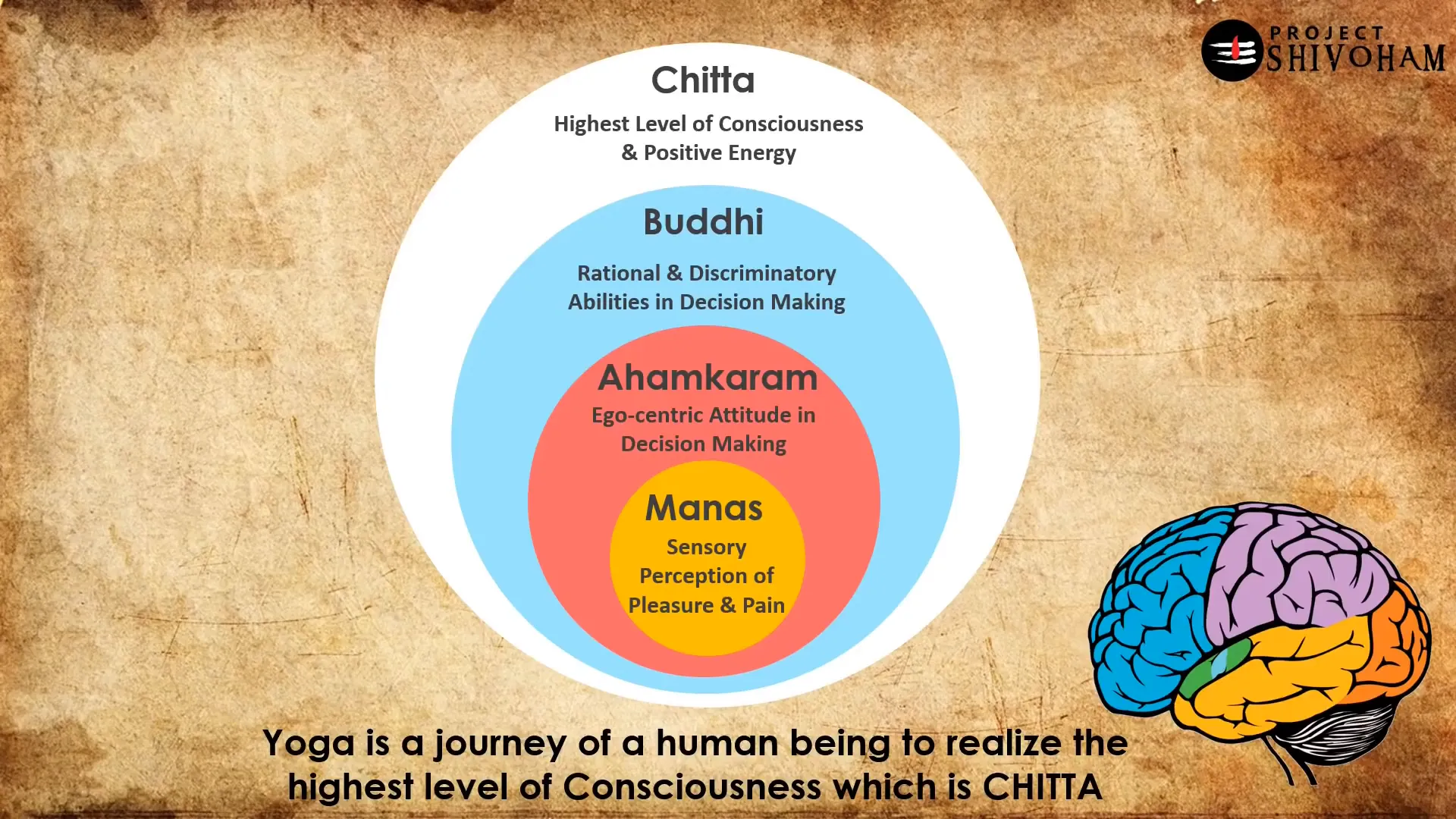
The Eight Limbs of Yoga
Patanjali outlines an eight-step approach, known as Ashtanga Yoga, to attain the highest level of consciousness. Each limb serves as a guideline for personal development and spiritual growth, forming a comprehensive framework for practitioners.
- Yama: This limb emphasizes external discipline and ethical living, encompassing principles such as non-violence and truthfulness.
- Niyama: Focuses on internal discipline, including practices like self-study and devotion.
- Asana: Refers to the physical postures that prepare the body for meditation.
- Pranayama: Involves the regulation of breath, crucial for controlling energy flows within the body.
- Pratyahara: The withdrawal of the senses from external stimuli, fostering a deeper inner focus.
- Dharana: Concentration on a specific object or thought to stabilize the mind.
- Dhyana: A state of meditation characterized by an uninterrupted flow of focus.
- Samadhi: The final stage, where the practitioner experiences a state of oneness with the object of meditation.
Each of these limbs is essential for progressing towards the ultimate goal of yoga, which is the realization of the true self.
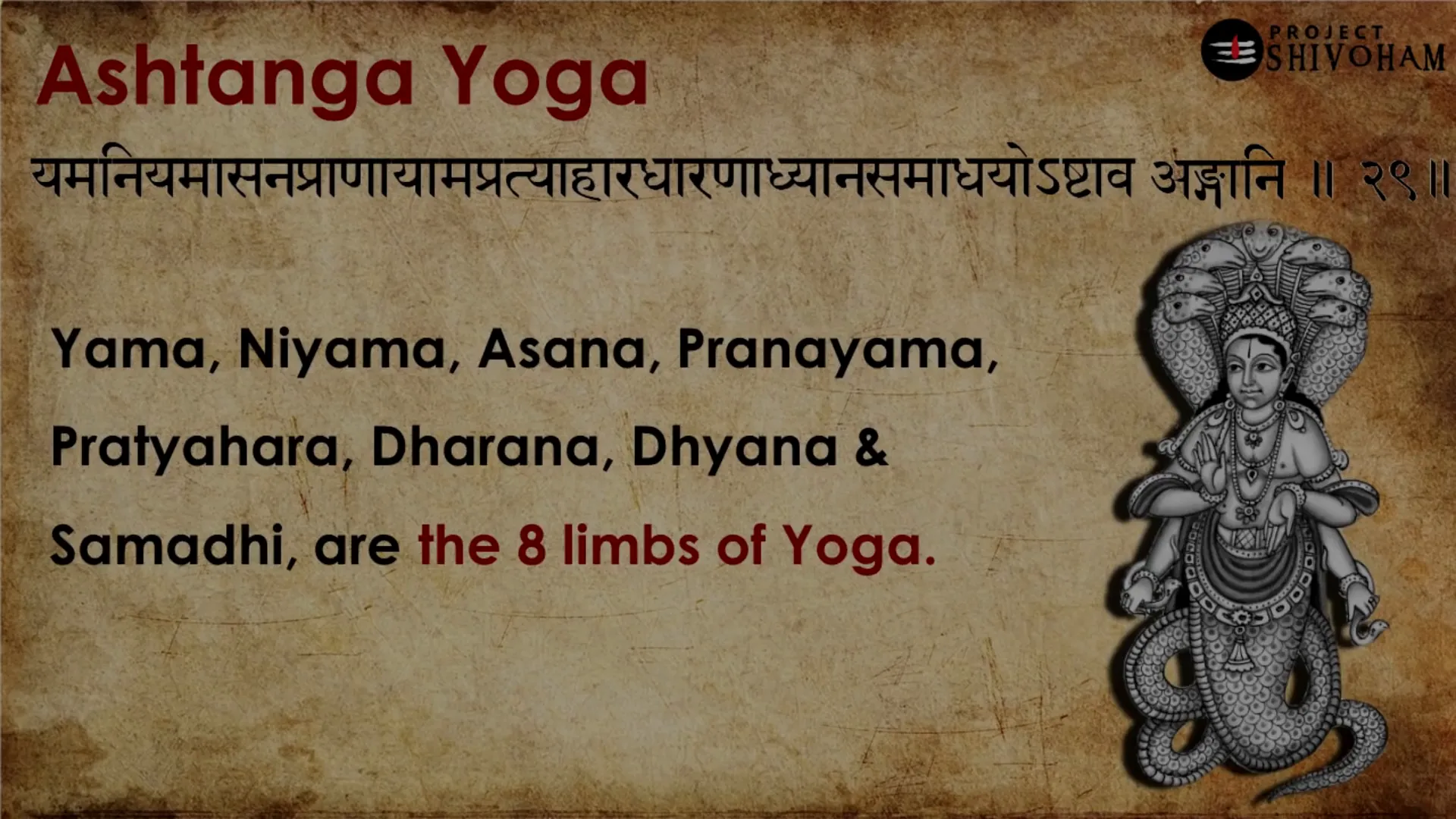
Exploring Each Limb of Ashtanga Yoga
Yama
The first limb, Yama, consists of ethical precepts that guide interactions with others. It comprises five key principles: non-violence, truthfulness, non-stealing, conservation of energy, and non-greed. These principles lay the groundwork for a harmonious life.
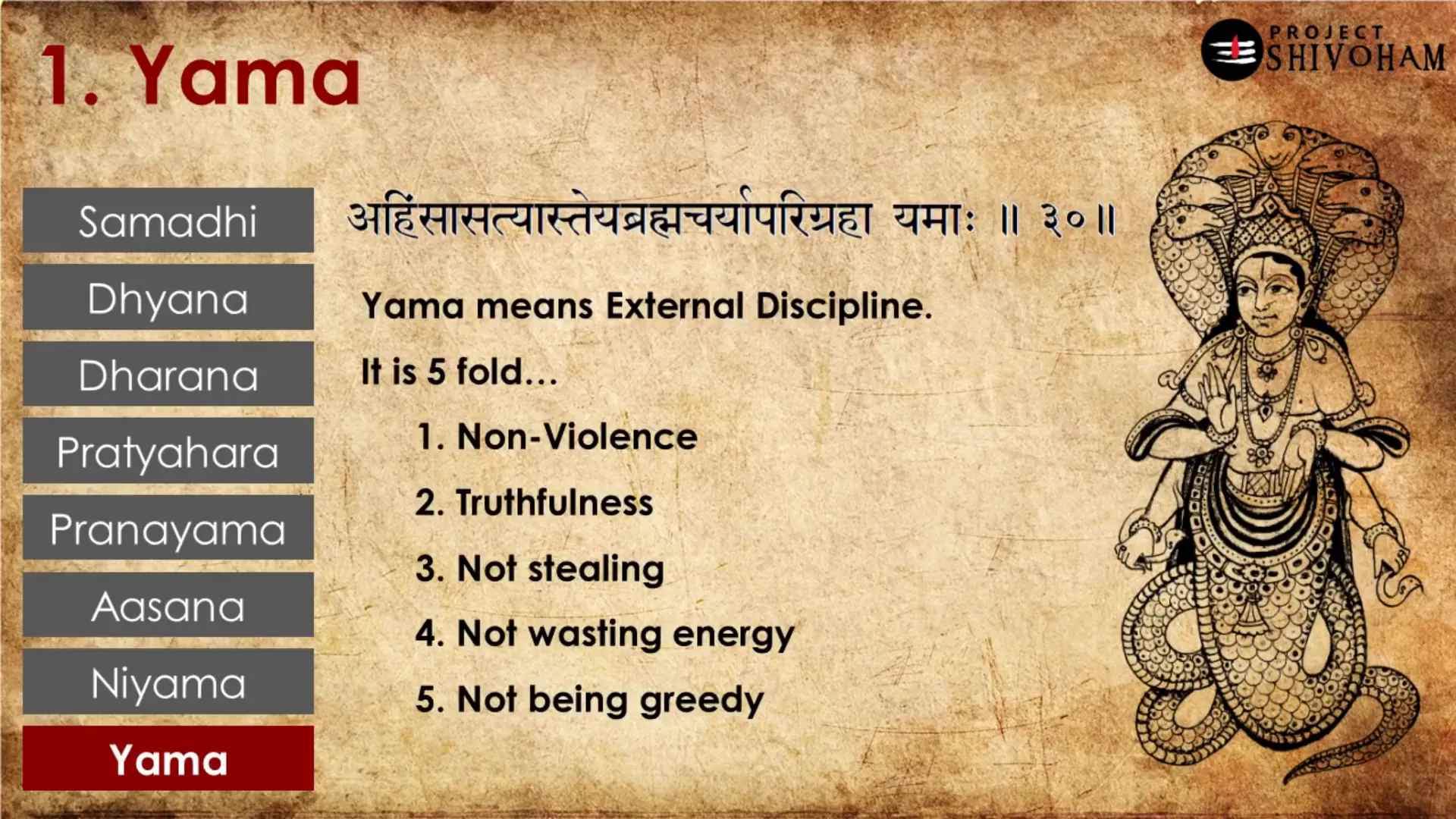
Niyama
Niyama focuses on personal observances and self-discipline. It includes practices such as bodily purification, contentment, spiritual observance, self-study, and devotion. These traits help cultivate inner strength and clarity.
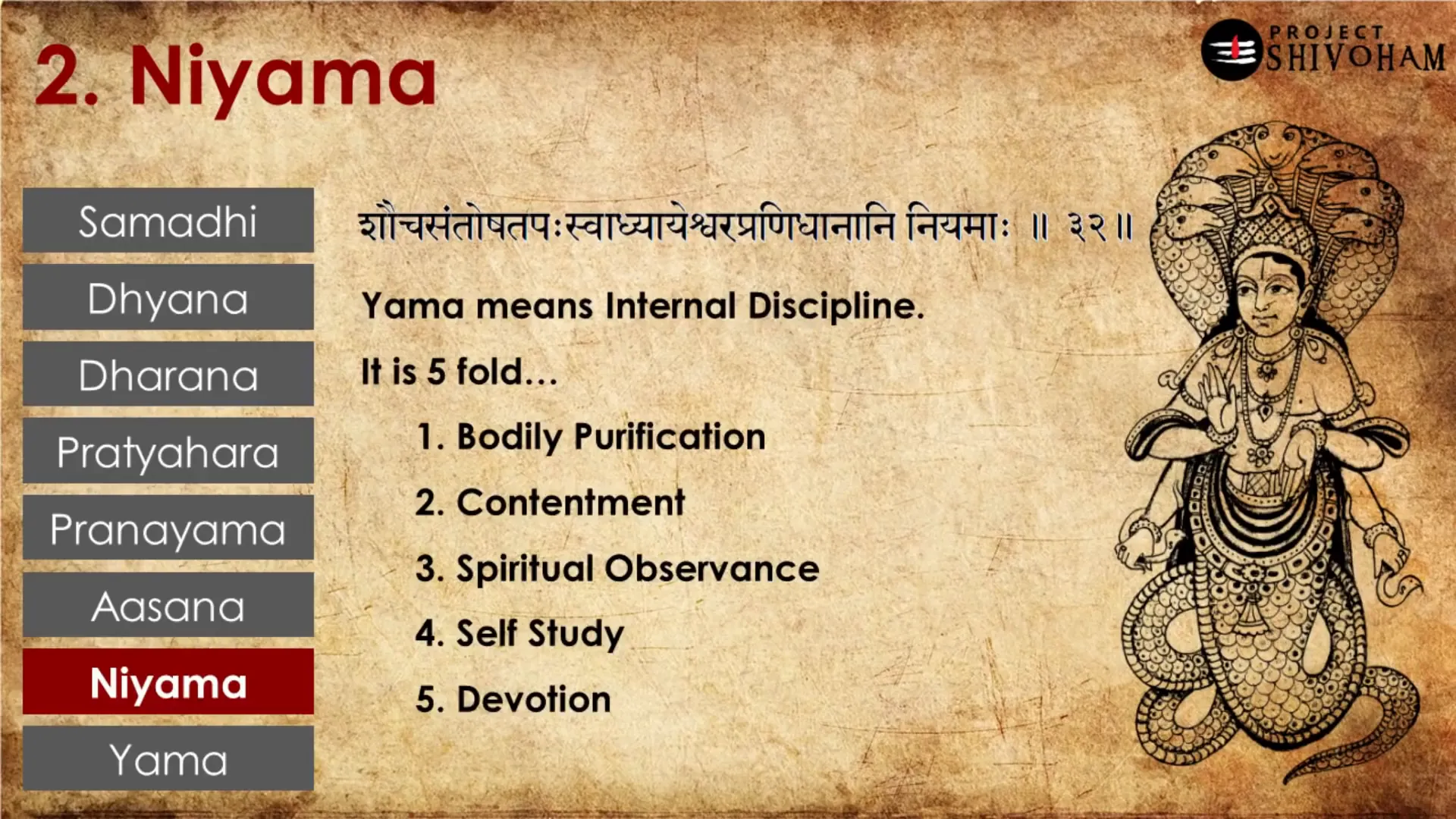
Asana
Asana is the physical practice of yoga, often the most recognized aspect. It involves holding postures that promote physical health and prepare the body for meditation. The goal is to achieve comfort and stability in these postures.
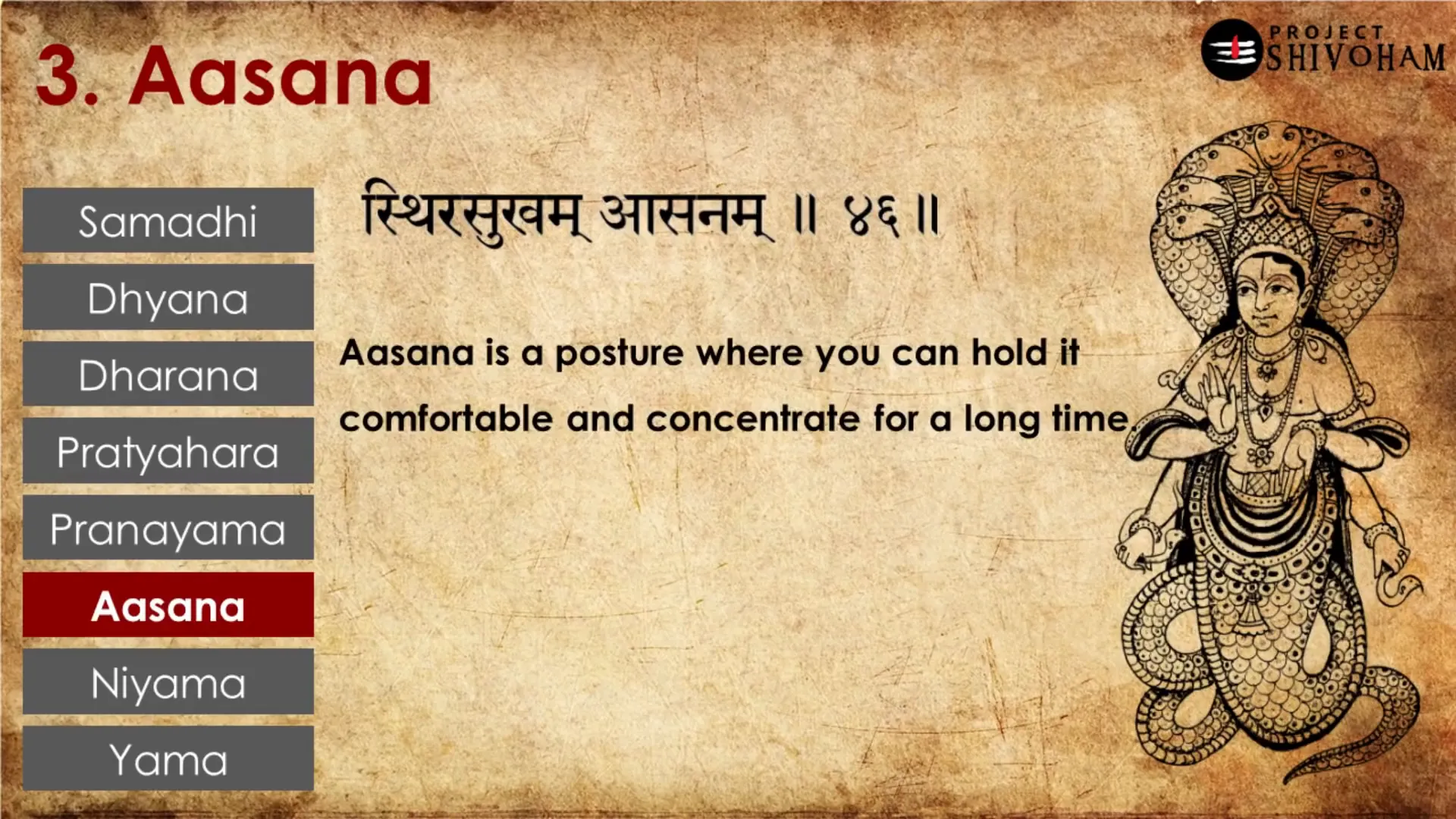
Pranayama
Pranayama is the control of breath, an essential practice in yoga. It involves various techniques to enhance the flow of prana, or life energy, within the body. Mastering pranayama is crucial, as it influences both physical and mental states.
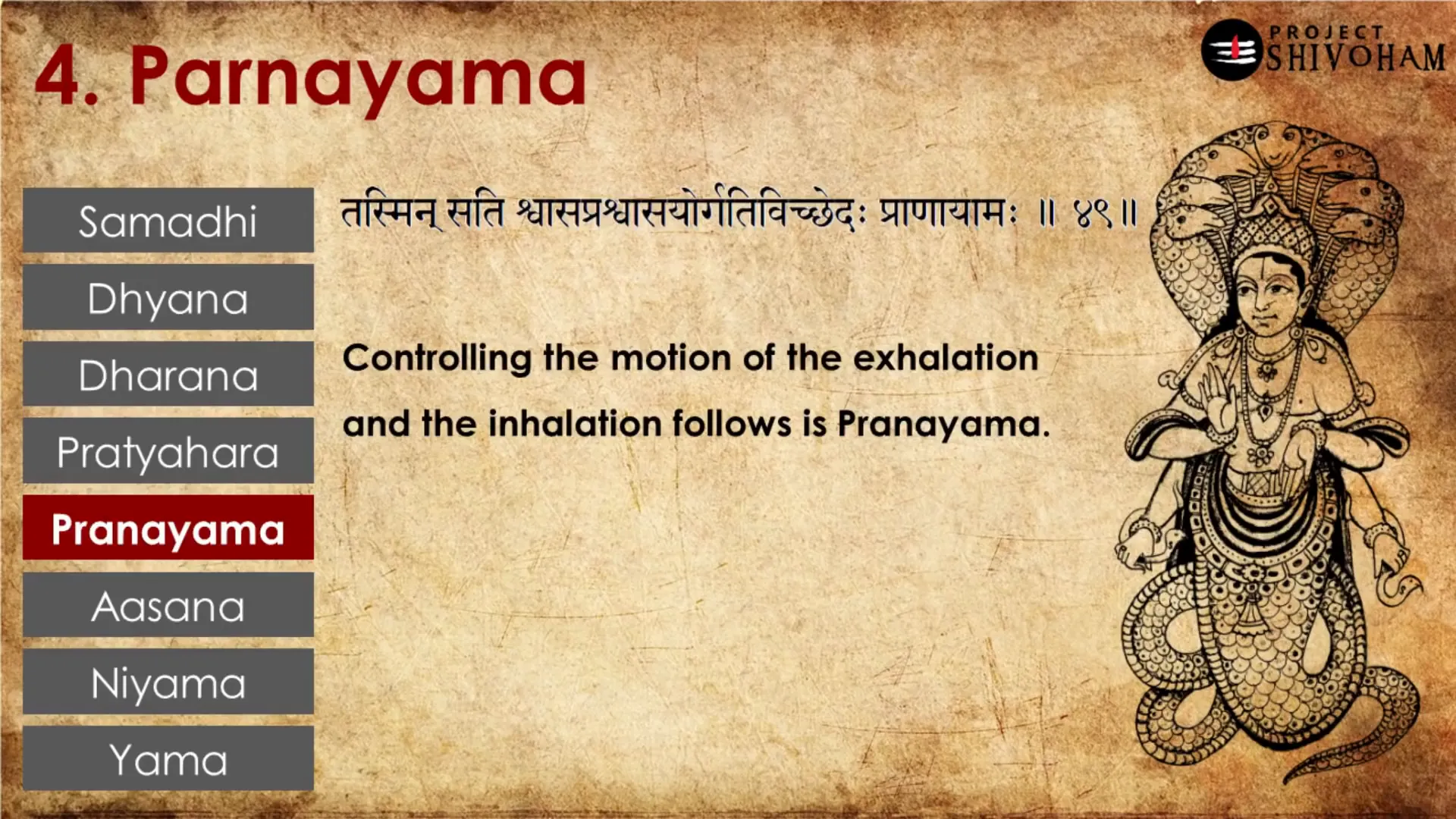
Pratyahara
Pratyahara involves withdrawing the senses from external distractions. This step is pivotal in transitioning from external awareness to internal focus. It prepares the practitioner for deeper meditation.

Dharana
Dharana is the practice of intense concentration on a single point or object. This could be a symbol, deity, or thought. The purpose is to train the mind to remain focused and minimize distractions.
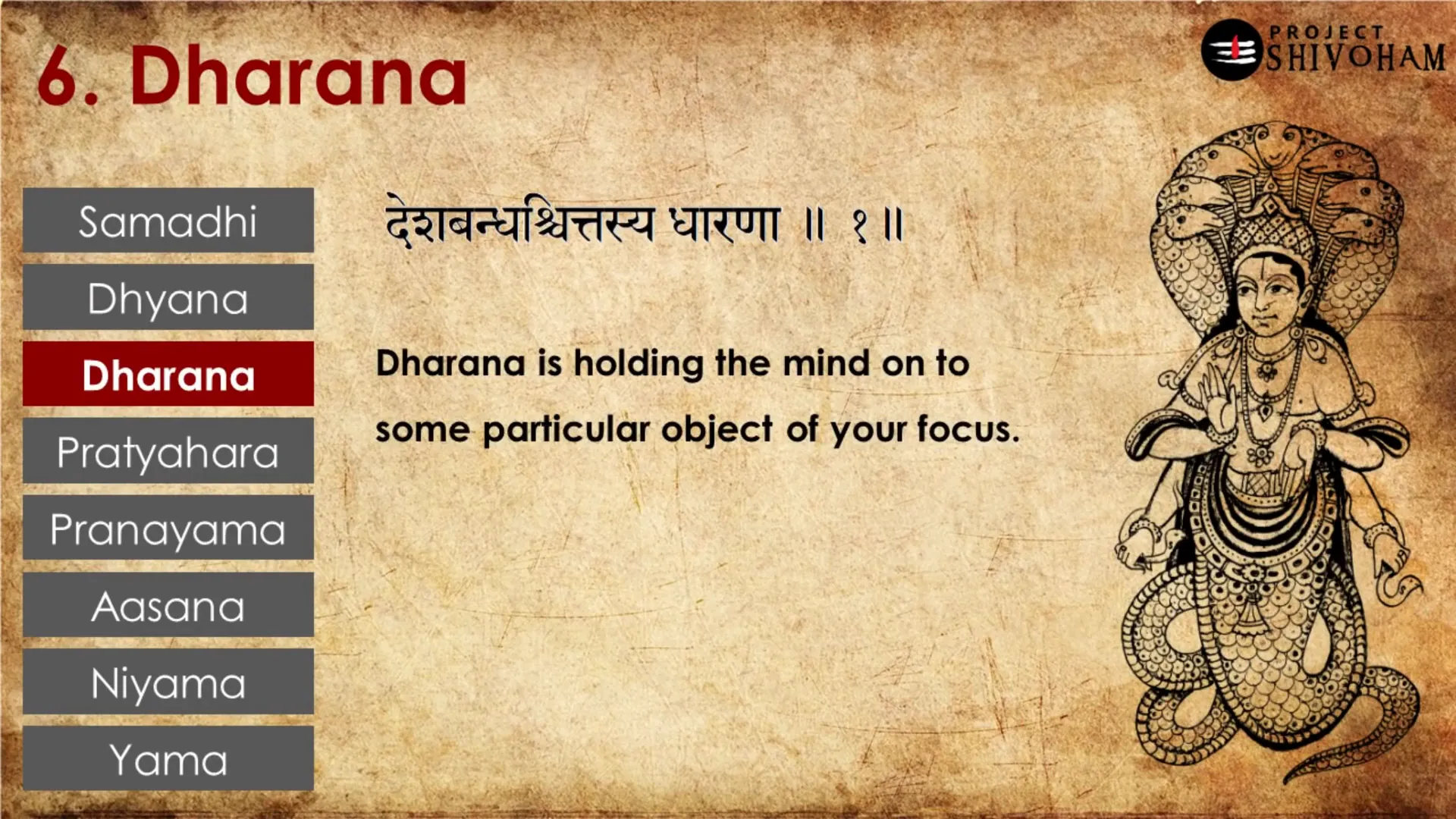
Dhyana
Dhyana signifies a state of meditation characterized by a continuous flow of focus on the object of meditation. This deep state of awareness leads to profound insights and a sense of unity with the object.
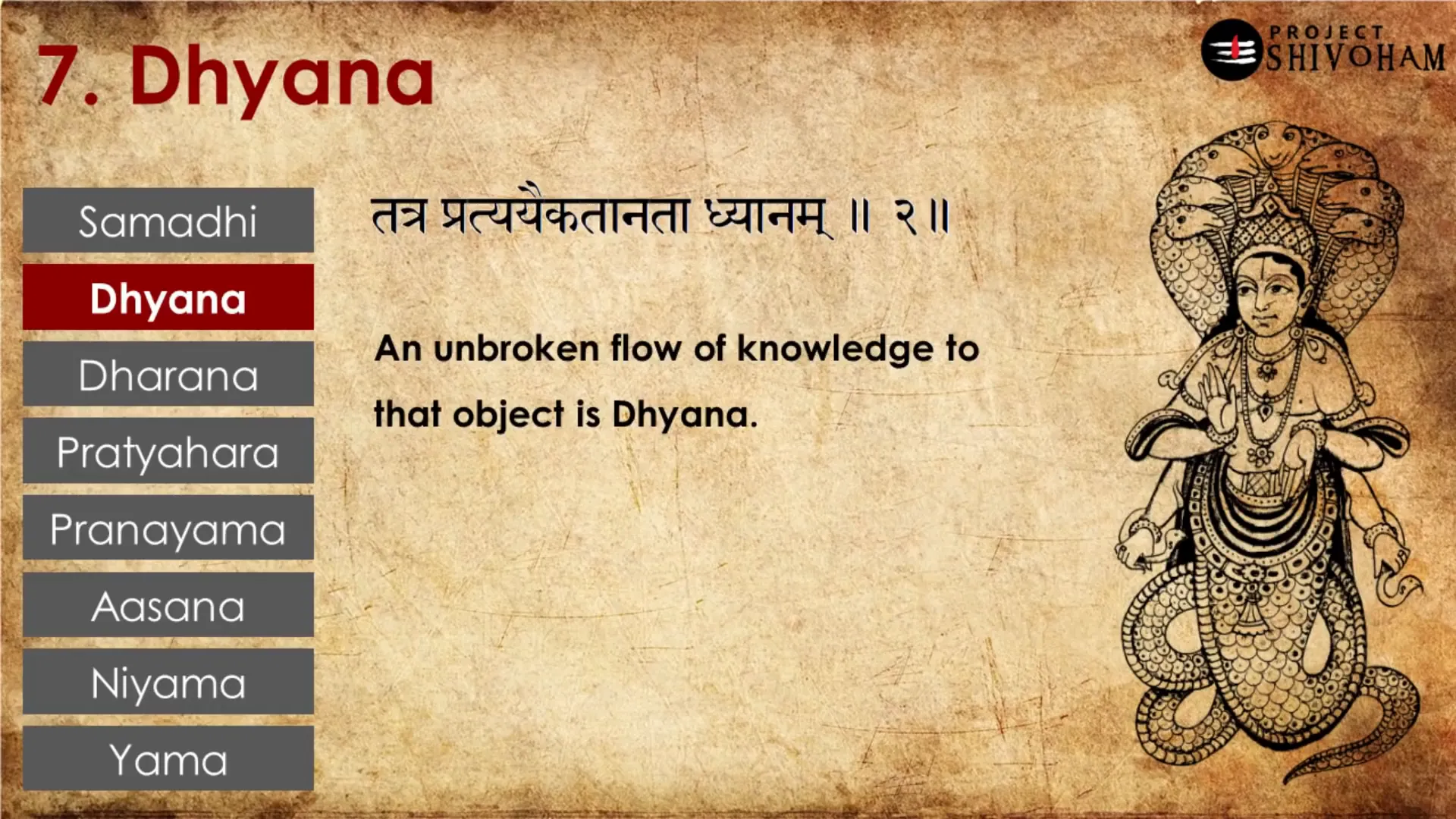
Samadhi
Samadhi is the culmination of the yoga practice, where the individual experiences a state of thoughtlessness and unity with the universe. This stage represents the highest level of consciousness, where one realizes their true nature.
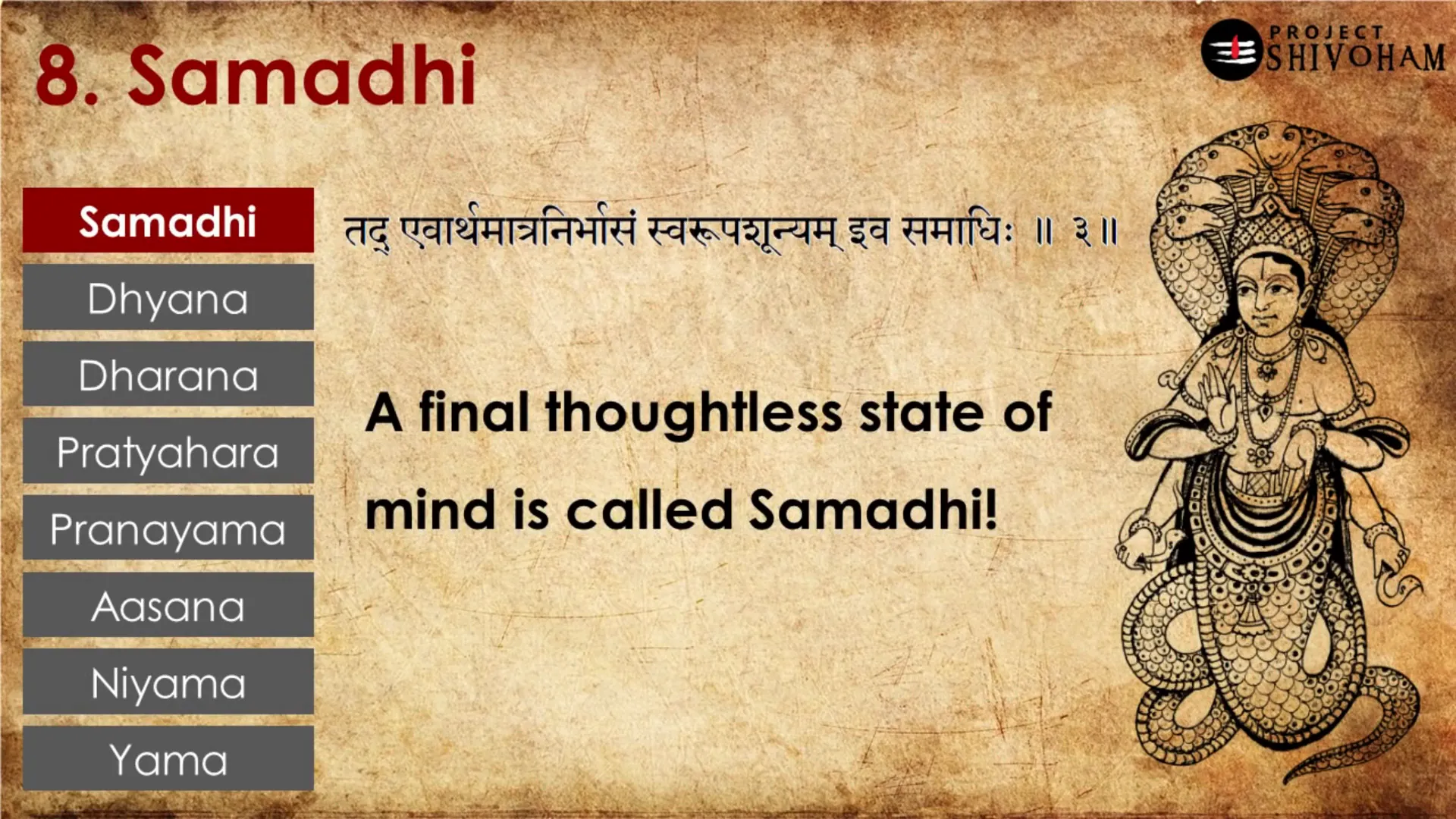
Pranayama: The Power of Breath Control
Pranayama, the practice of breath control, is a vital component of Patanjali Yoga. It serves as a bridge linking the physical and spiritual aspects of yoga. Through pranayama, practitioners learn to harness their breath, which is intimately connected to the mind and body.
The word “pranayama” is derived from two Sanskrit terms: “prana,” meaning life force or energy, and “ayama,” meaning control or extension. This practice involves various techniques to regulate the breath, enhancing the flow of prana within the body. Mastery of pranayama can lead to improved mental clarity, emotional stability, and a deeper connection to one’s self.

Benefits of Pranayama
- Stress Reduction: Regular practice of pranayama can significantly lower stress levels by calming the nervous system.
- Enhanced Focus: By controlling the breath, practitioners can sharpen their concentration and mental acuity.
- Emotional Balance: Pranayama helps regulate emotions, promoting a sense of peace and stability.
- Physical Health: It can improve lung capacity and respiratory function, contributing to overall health.
However, it is crucial to practice pranayama under the guidance of a qualified instructor. Incorrect techniques can lead to physical and mental discomfort. A guru can provide invaluable insights and adjustments to ensure a safe and effective practice.
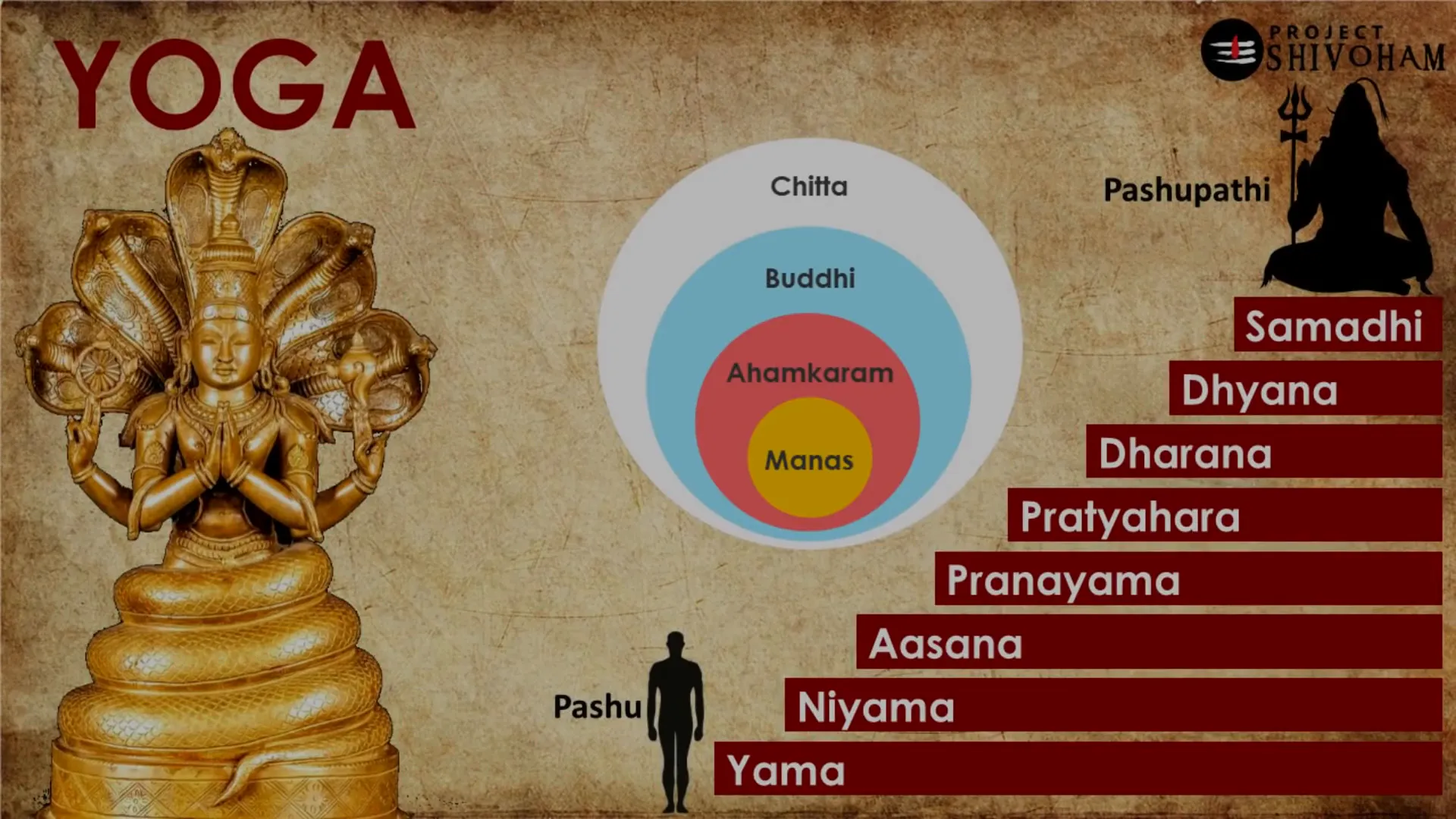
Kundalini Yoga: Myths and Realities
Kundalini Yoga is often shrouded in misconceptions and commercial hype. It is essential to understand both its profound potential and inherent risks. While Kundalini Yoga can lead to significant spiritual awakening, it is not a practice to be taken lightly.
The journey of Kundalini Yoga involves awakening the dormant energy at the base of the spine, known as Kundalini. This energy rises through the chakras, leading to heightened states of consciousness. However, this path requires careful preparation and guidance.
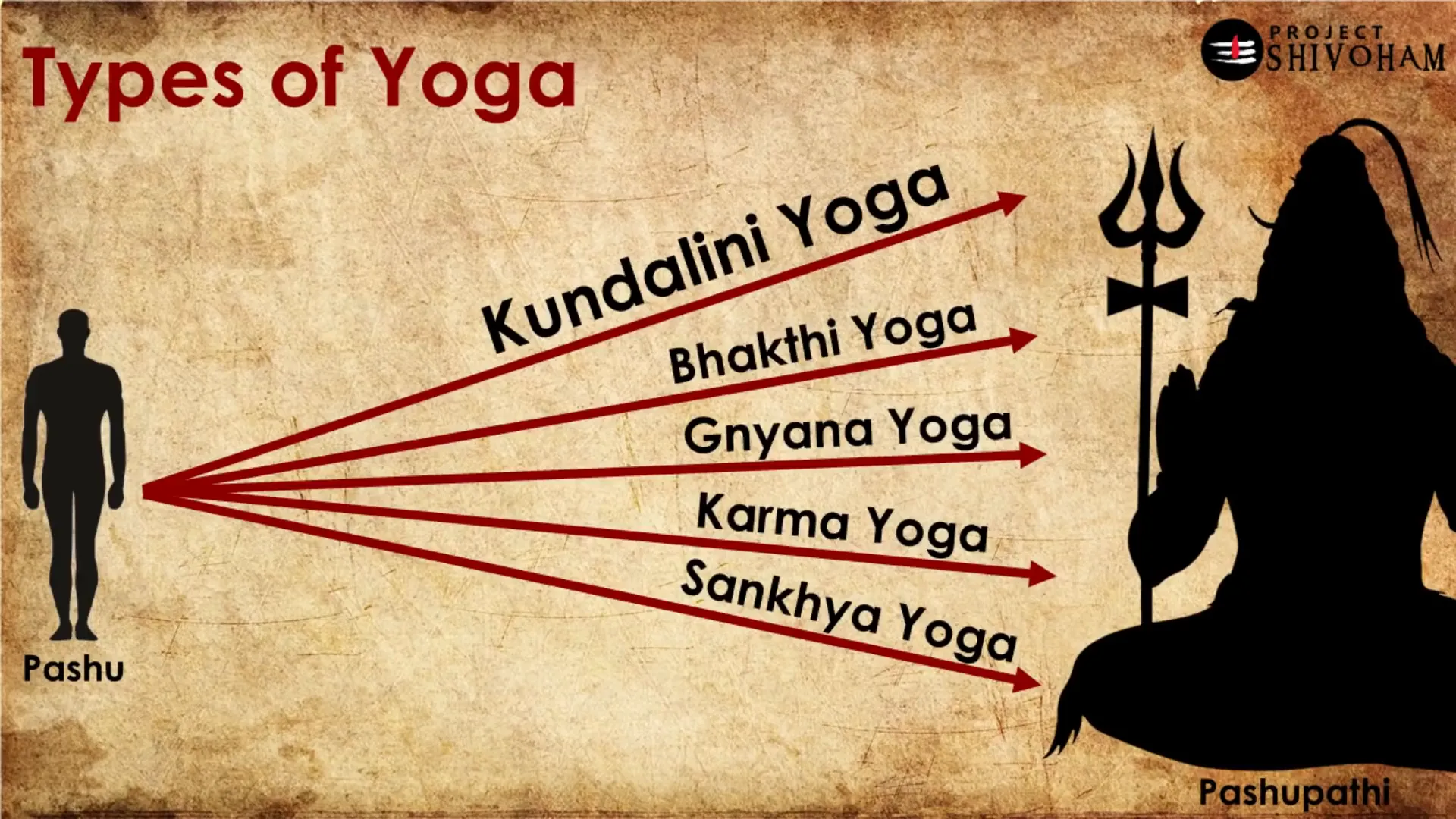
Understanding Chakras
Chakras are energy centers within the body that play a crucial role in the practice of Kundalini Yoga. There are seven primary chakras, each associated with different physical, emotional, and spiritual functions. The movement of Kundalini energy through these chakras is essential for achieving a balanced and harmonious state.
- Root Chakra (Muladhara): Located at the base of the spine, it grounds us and connects us to the earth.
- Sacral Chakra (Svadhisthana): Governs creativity and emotional well-being, located in the lower abdomen.
- Solar Plexus Chakra (Manipura): Center of personal power and confidence, found in the upper abdomen.
- Heart Chakra (Anahata): The center of love and compassion, located in the chest.
- Throat Chakra (Vishuddha): Associated with communication and self-expression, located in the throat.
- Third Eye Chakra (Ajna): Governs intuition and insight, located in the forehead.
- Crown Chakra (Sahasrara): Represents spiritual connection and enlightenment, situated at the top of the head.
Working with the chakras can facilitate the flow of Kundalini energy, leading to profound transformations. However, this journey is best undertaken with a knowledgeable guide who can navigate the complexities of this practice.
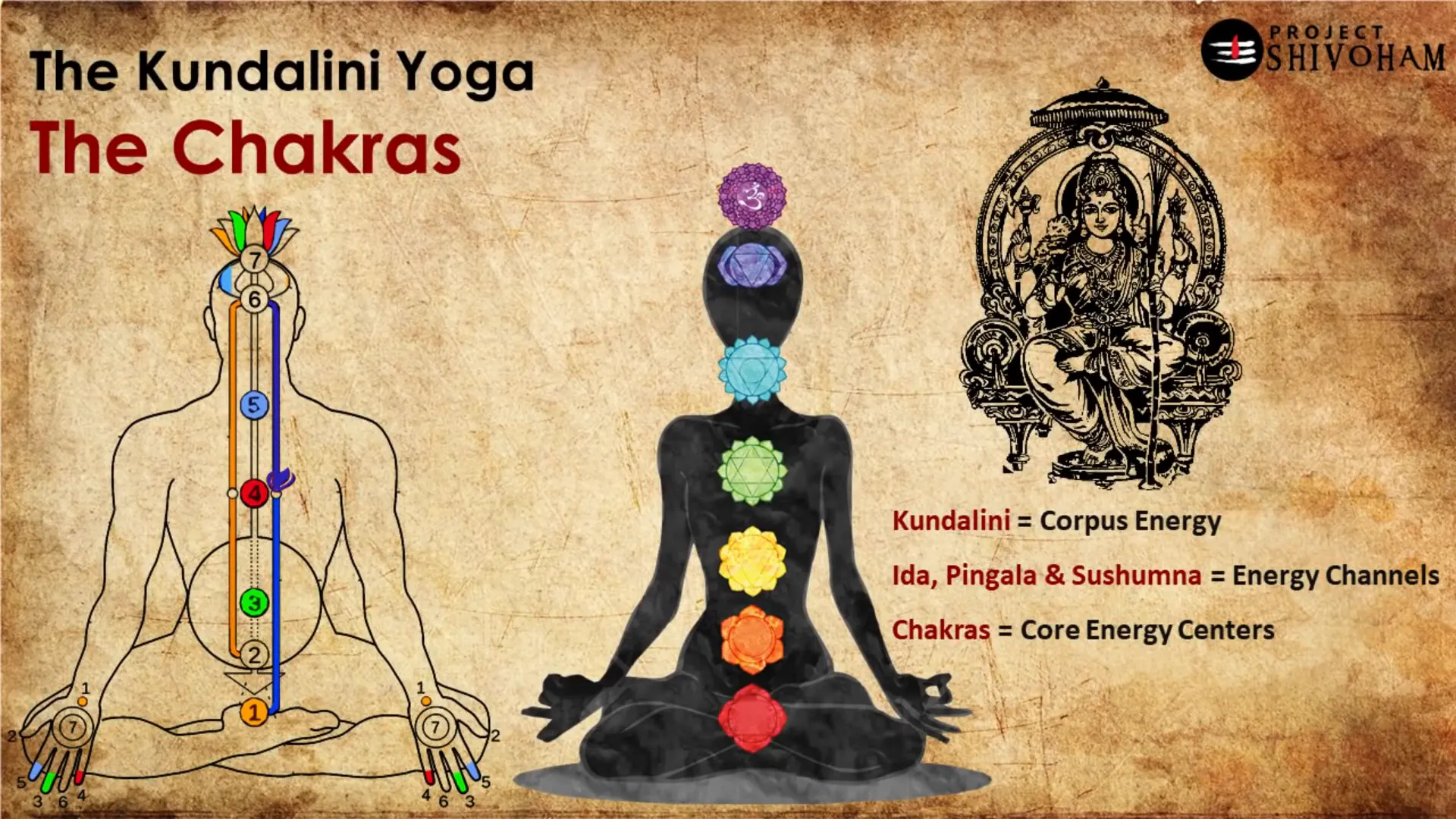
Understanding Nadis and Chakras
Nadis are the energy channels through which prana flows in the body. According to yoga philosophy, there are over 72,000 nadis, with the three primary ones being Ida, Pingala, and Sushumna. These nadis correlate with the left and right sides of the body and the central channel running up the spine.
The interplay between nadis and chakras is crucial in the practice of Kundalini Yoga. As energy flows through the nadis, it interacts with the chakras, influencing physical health and spiritual development. Understanding this relationship enhances the effectiveness of yoga practices.
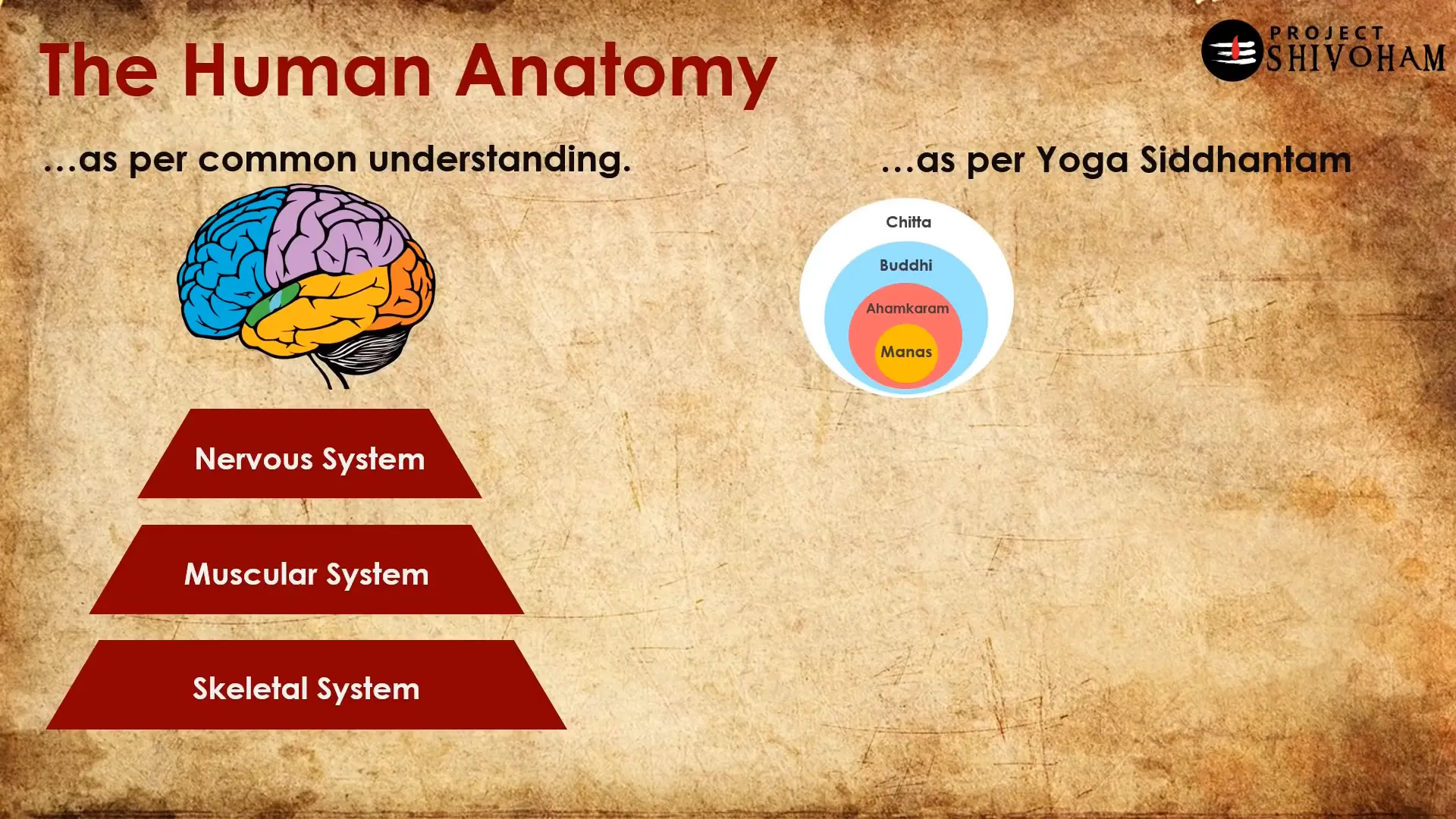
The Role of Nadis in Kundalini Yoga
In Kundalini Yoga, practitioners aim to awaken the dormant energy at the base of the spine and guide it through the nadis to the crown chakra. This journey can lead to heightened awareness and spiritual enlightenment. However, it is vital to approach this practice with respect and caution.
The awakening of Kundalini can lead to intense experiences, both positive and challenging. Therefore, a strong foundation in the principles of Patanjali Yoga, including ethical living and self-discipline, is essential for anyone embarking on this path.
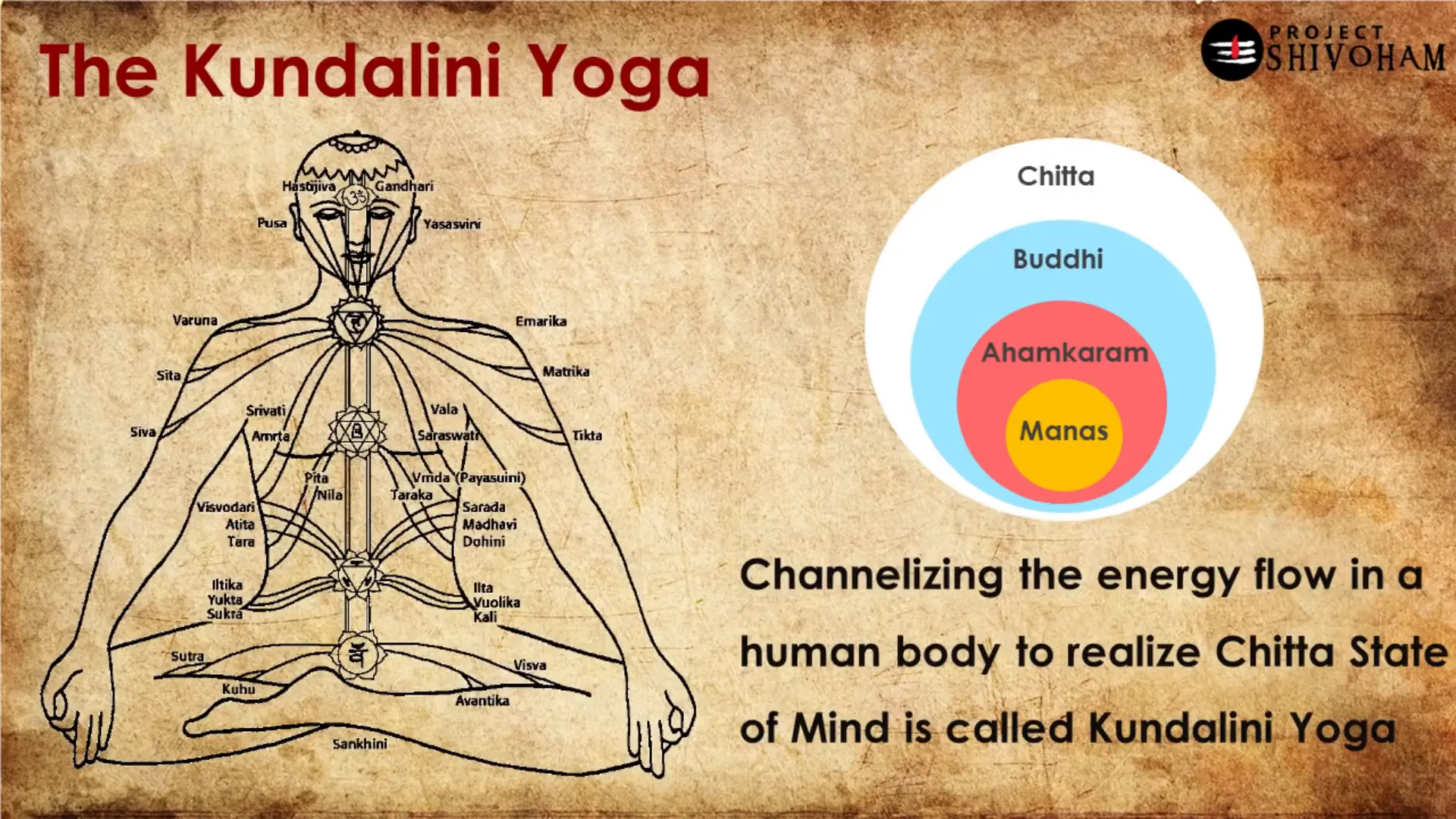
The Mystical Nature of Kundalini Yoga
Kundalini Yoga is often described as a mystical journey of self-discovery and transformation. It invites practitioners to explore the depths of their being and connect with the universal consciousness. This practice transcends physical postures, delving into the realms of energy, awareness, and spiritual awakening.
While the potential for profound experiences exists, it is essential to approach Kundalini Yoga with humility and an open heart. The journey can be intense and requires a commitment to personal growth and self-exploration. A qualified guru can provide the necessary guidance to navigate this transformative experience safely.
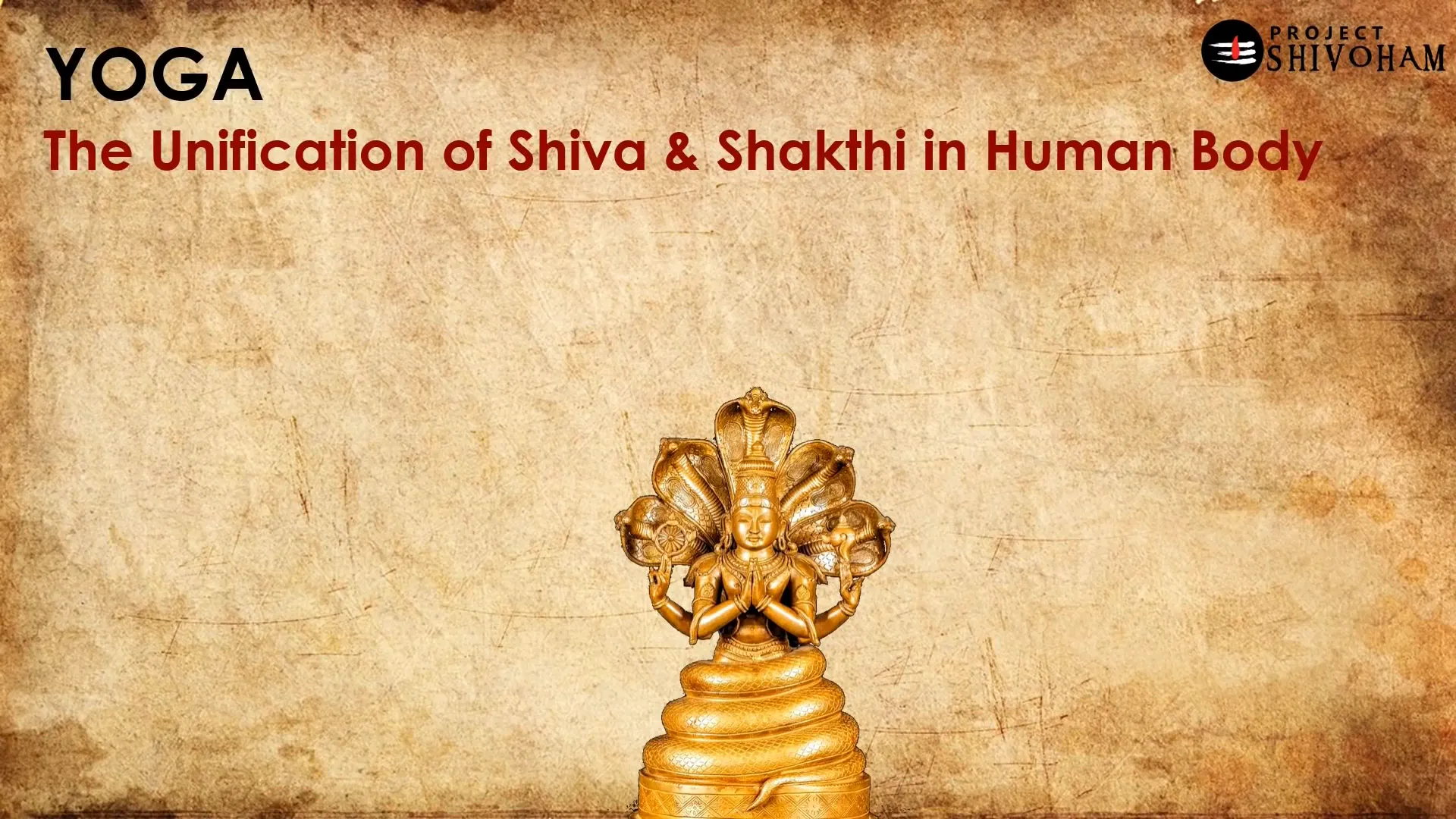
Conclusion: The Lifelong Journey of Yoga
Yoga is not merely a practice; it is a lifelong journey of self-discovery and personal growth. Each individual’s path is unique, shaped by experiences, intentions, and aspirations. Patanjali Yoga, with its comprehensive framework, offers invaluable guidance for this journey.
As practitioners progress through the various limbs of yoga, they cultivate a deeper understanding of themselves and their connection to the universe. This journey is both challenging and rewarding, leading to greater clarity, peace, and fulfillment.
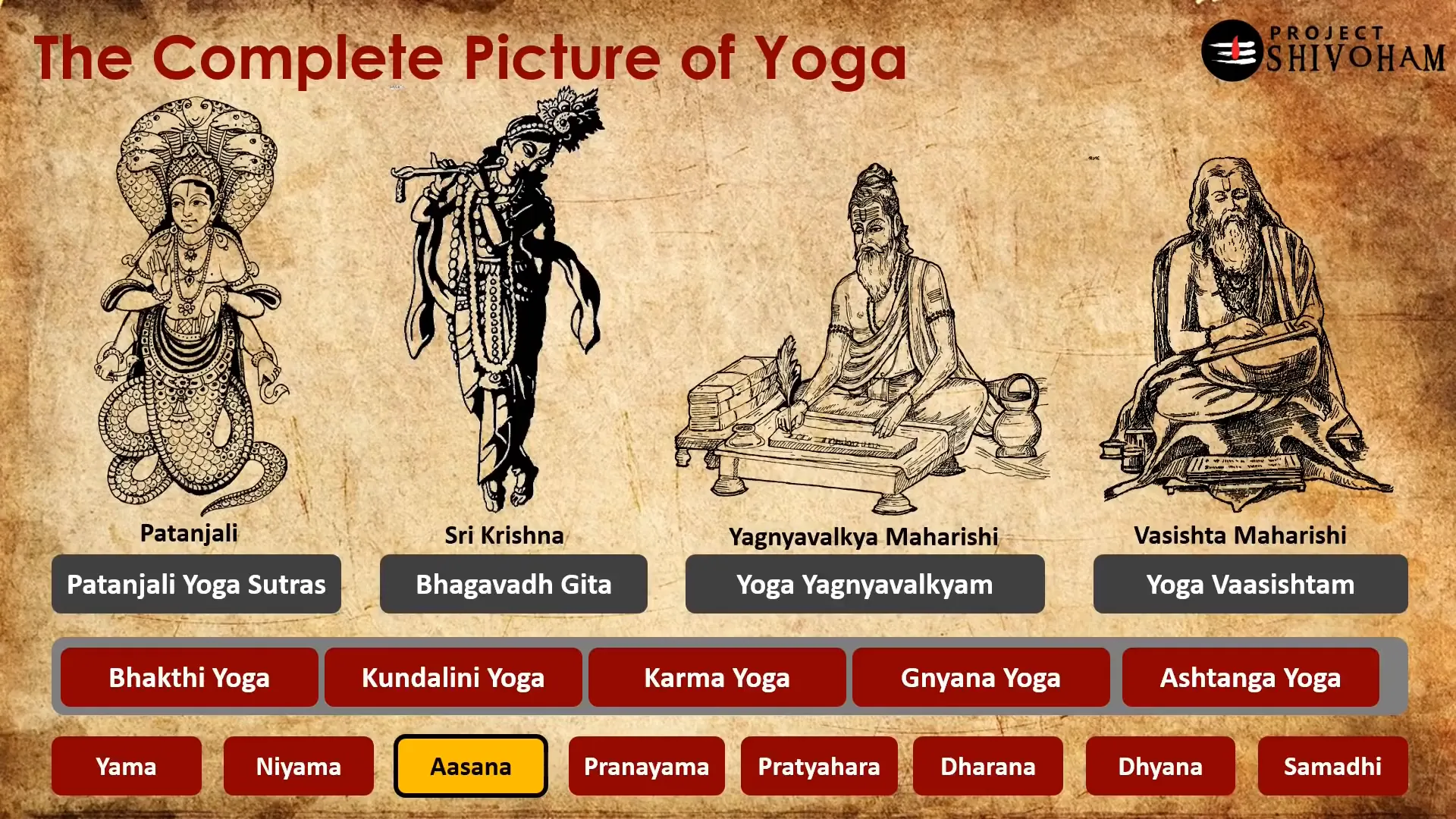
FAQs about Patanjali Yoga
What is the main goal of Patanjali Yoga?
The primary goal of Patanjali Yoga is to achieve self-realization and inner peace by controlling the fluctuations of the mind.
How can I begin practicing Patanjali Yoga?
Start by learning the foundational principles and techniques under the guidance of a qualified instructor. Regular practice and self-discipline are key to progress.
Is Kundalini Yoga suitable for everyone?
Kundalini Yoga can be intense and is not recommended for everyone. It is crucial to evaluate one’s readiness and seek guidance from an experienced guru.
What are the benefits of practicing Pranayama?
Pranayama offers numerous benefits, including stress reduction, enhanced focus, emotional balance, and improved physical health.